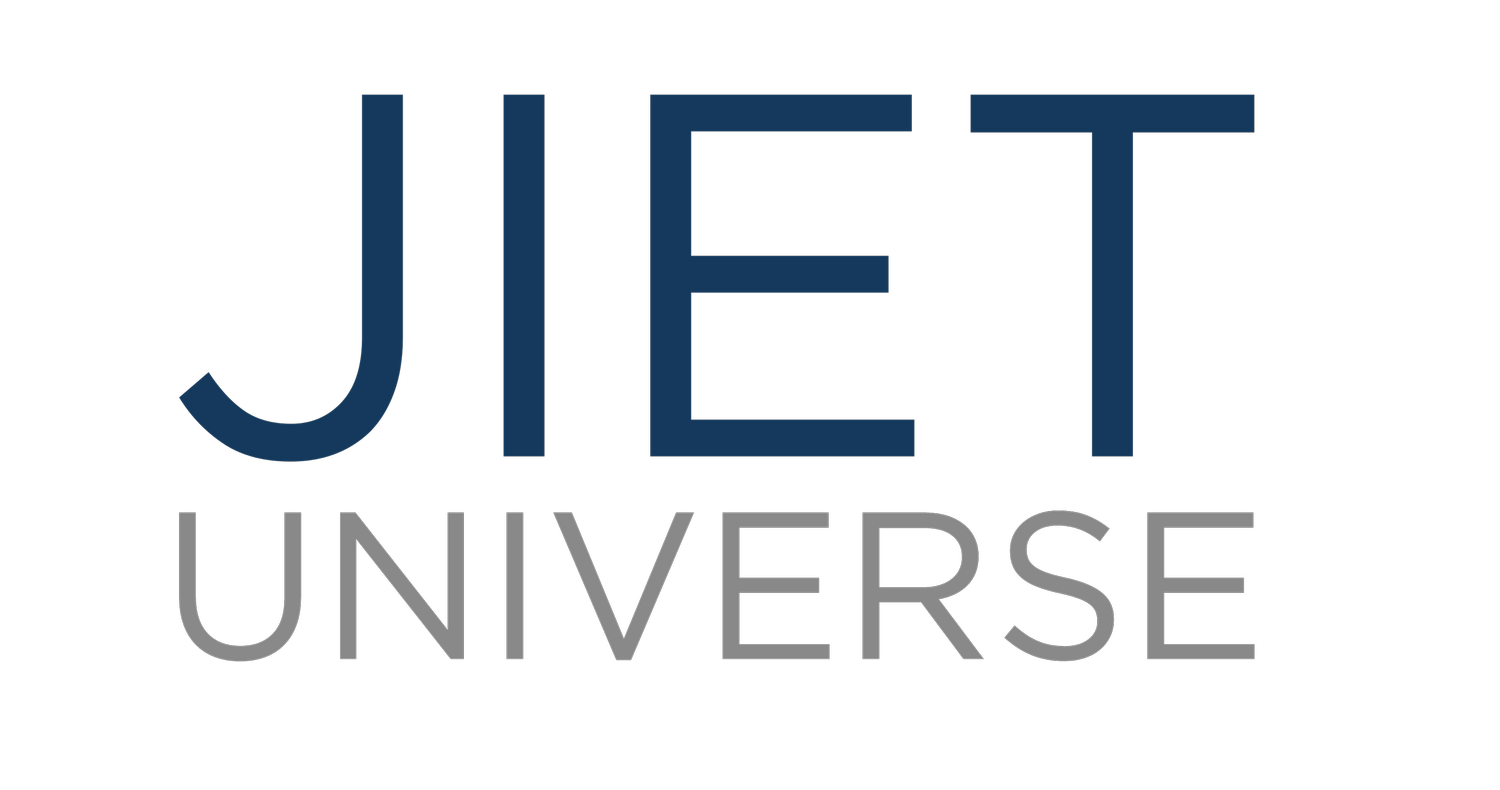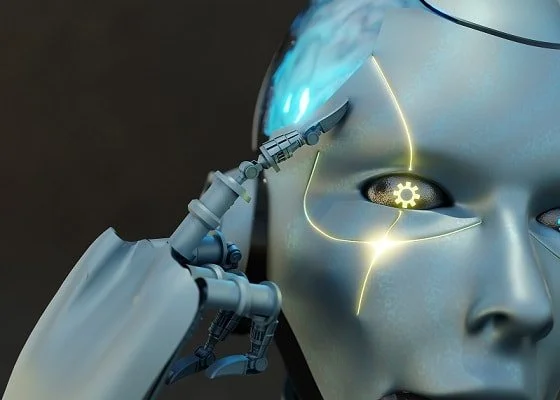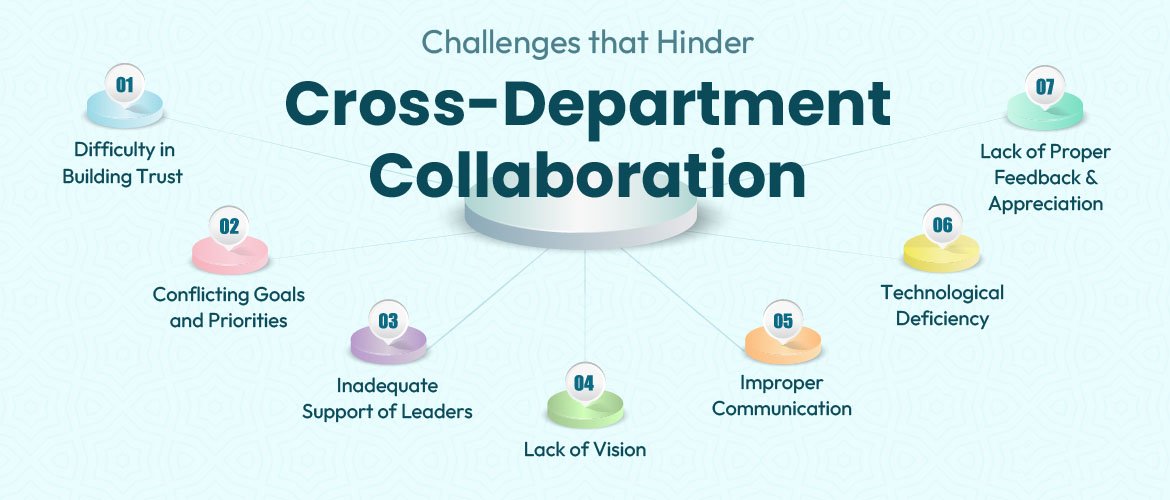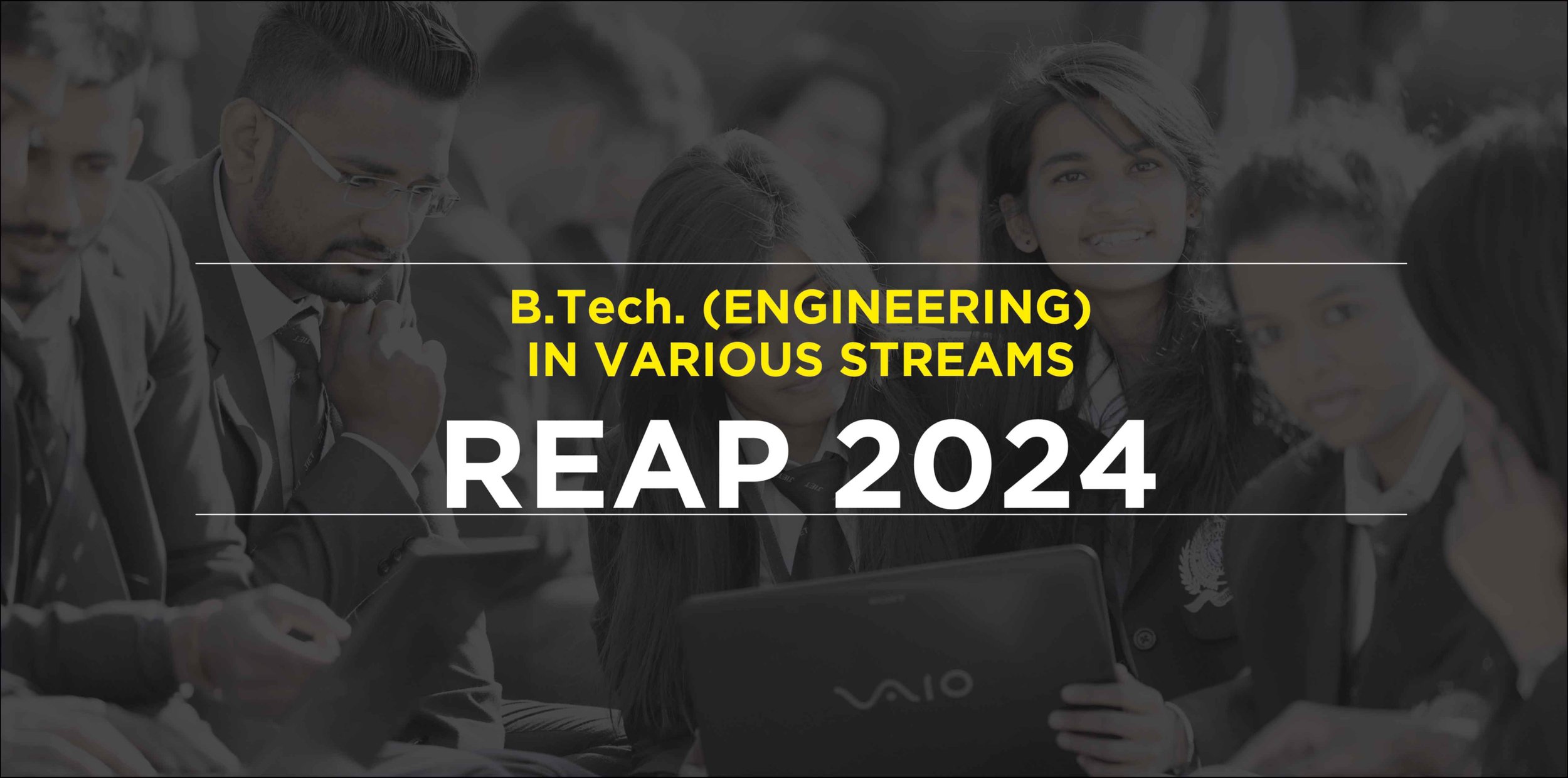An Introduction to Machine Learning: Basics, Techniques and Applications
Introduction:
Navigating the Fascinating Field of Machine Learning Recent advancements in technology have brought Machine Learning (ML) to the forefront as a key player in innovation. As an integral aspect of Artificial Intelligence (AI), ML has become an invaluable asset for students and professionals alike. JIET Universe, a prominent educational institution, recognizes this and offers comprehensive courses aimed at acquainting students with the principles, approaches, and real-life applications of Machine Learning.
I. Machine Learning Foundations: Grasping Key Concepts
Machine Learning Defined
Machine Learning falls within the domain of AI and focuses on crafting algorithms that empower computers to learn from data and make informed predictions or decisions. Essentially, ML allows machines to enhance their performance iteratively without explicit programming.
Supervised, Unsupervised, and Reinforcement Learning
JIET Universe introduces students to the three main learning paradigms in ML:
a. Supervised Learning: In this technique, labeled input data is provided, which enables the algorithm to learn from example input-output pairs and make predictions for new inputs.
b. Unsupervised Learning: This approach involves providing the algorithm with unlabeled data, prompting it to detect patterns or structures within the data, such as clustering or dimensionality reduction.
c. Reinforcement Learning: using interaction with its surroundings and feedback in the form of incentives or penalties, an agent learns using this technique and modifies its behavior as a result.
II. Strategies and Algorithms: The Pillars of Machine Learning
Linear Regression and Logistic Regression
A fundamental procedure used to simulate the connection between a dependent variable and one or more independent variables is linear Regression. In contrast, Logistic Regression is employed for classification tasks, aiming to predict a categorical outcome.
Decision Trees and Random Forests
Decision Trees are a powerful technique for classification and regression tasks, operating by recursively splitting input data based on specific criteria. Random Forests, an ensemble learning approach, combine multiple decision trees to enhance accuracy and prevent overfitting.
Neural Networks and Deep Learning
Neural Networks take inspiration from the human brain and consist of interconnected nodes or neurons. Deep Learning, a subset of ML, centers around building complex neural networks with multiple layers, enabling the model to learn high-level features and representations from raw data.
III. Practical Uses: Machine Learning in Action
Machine Learning offers a broad range of applications across various industries. JIET Universe students delve into these practical uses, including:
Image and Speech Recognition
ML algorithms power facial recognition systems, automated transcription services, and voice assistants like Siri and Alexa.
Natural Language Processing
Machine Learning has revolutionized language translation, sentiment analysis, and chatbot development through natural language processing techniques.
Healthcare and Medical Diagnostics
ML algorithms aid in early disease diagnosis, drug discovery, and the development of personalized treatment plans based on an individual's genetic makeup.
Finance and Fraud Detection
Machine Learning is crucial for identifying fraudulent transactions, enabling algorithmic trading, and assessing credit risk.
Conclusion
Machine Learning is an indispensable skill in today's technology-driven world. JIET Universe Jodhpur provides students the opportunity to learn the principles, strategies, and applications of Machine Learning, equipping them with the knowledge and abilities required to excel in this rapidly evolving field.

















